Roofing Services in Hillingdon are essential to preserving your property’s value and safety—preventing leaks, damp, and energy loss. As trusted specialists serving London and the Home Counties, each project is managed with regulatory compliance, personal care, and built for long-lasting performance.
With decades of experience, Which Trusted Trader accreditation, CITB qualification, and premium suppliers like Welsh Slate, ALM Lead, and Kemper, trust our team to deliver. Book a free survey today and protect your property.

Ignoring roof issues leads to leaks, persistent damp, poor insulation, and eventual structural damage. Delays always raise costs and compound risks for homeowners, landlords, and businesses alike.

Professional Roofing Services in Hillingdon swiftly resolve these problems—improving weather resilience, cutting energy waste, and assuring full Building Regulation compliance. Homeowners enjoy peace of mind, landlords protect long-term value, and businesses benefit from reliable safety and efficiency. Proactive roofing is a smart investment for every property scenario.
Roofing Services in Hillingdon covers installations, repairs, upgrades, and restorations for homes, businesses, and heritage sites. Every project is focused on compliance with Building Regulations and uses high-grade materials from trusted suppliers. Solutions are tailored to your specific property and built for safety, durability, and lasting value.
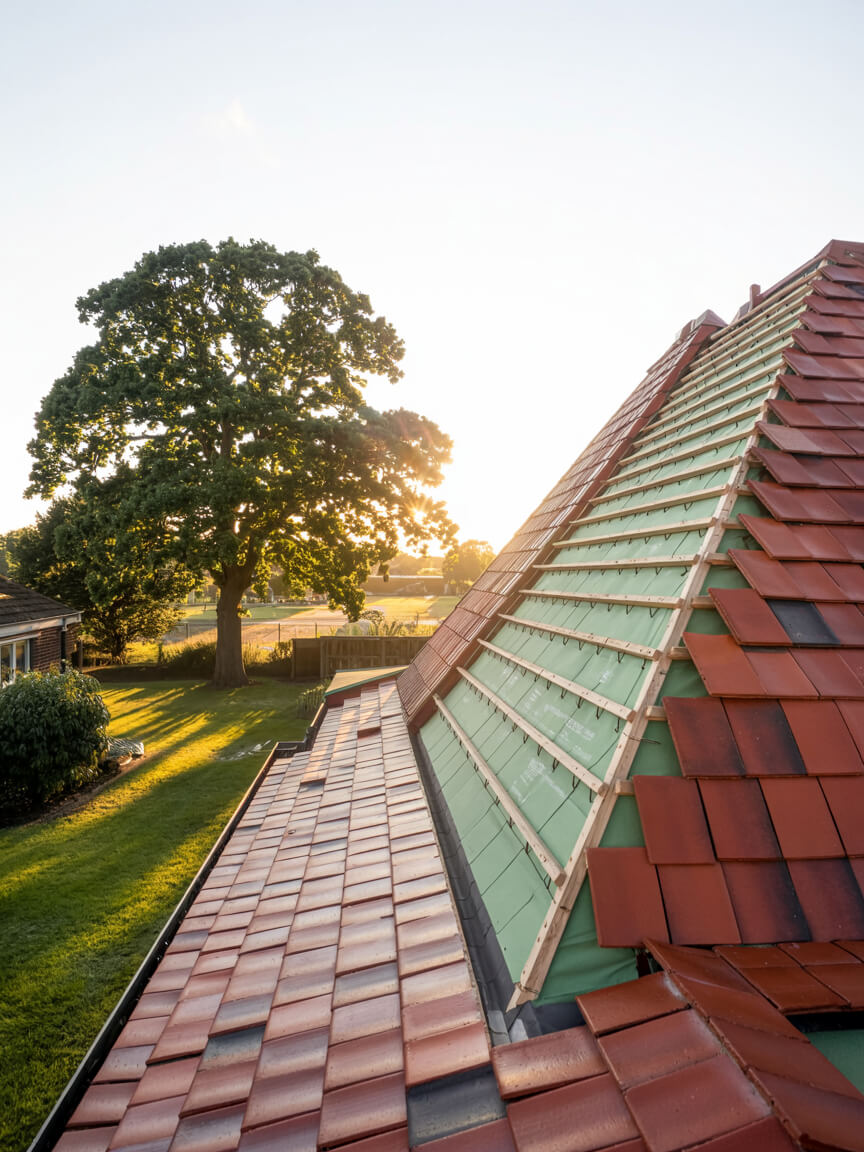
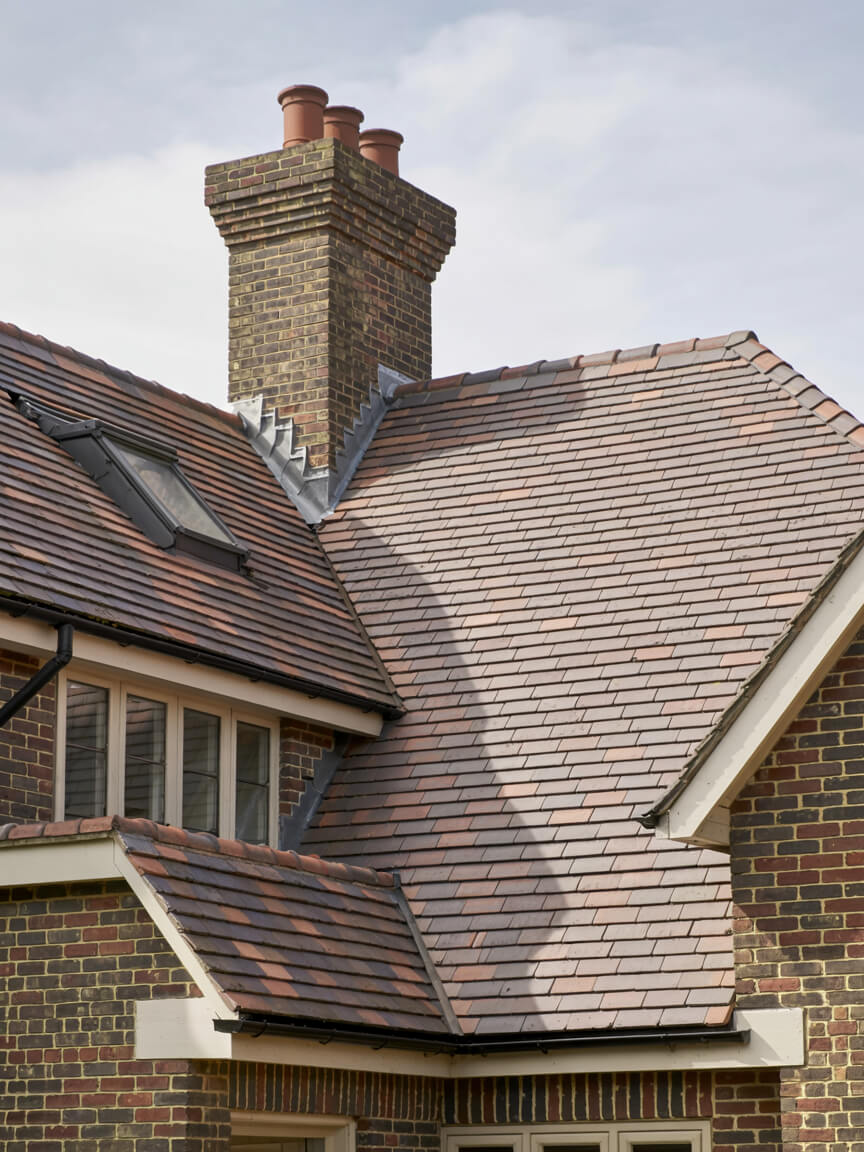
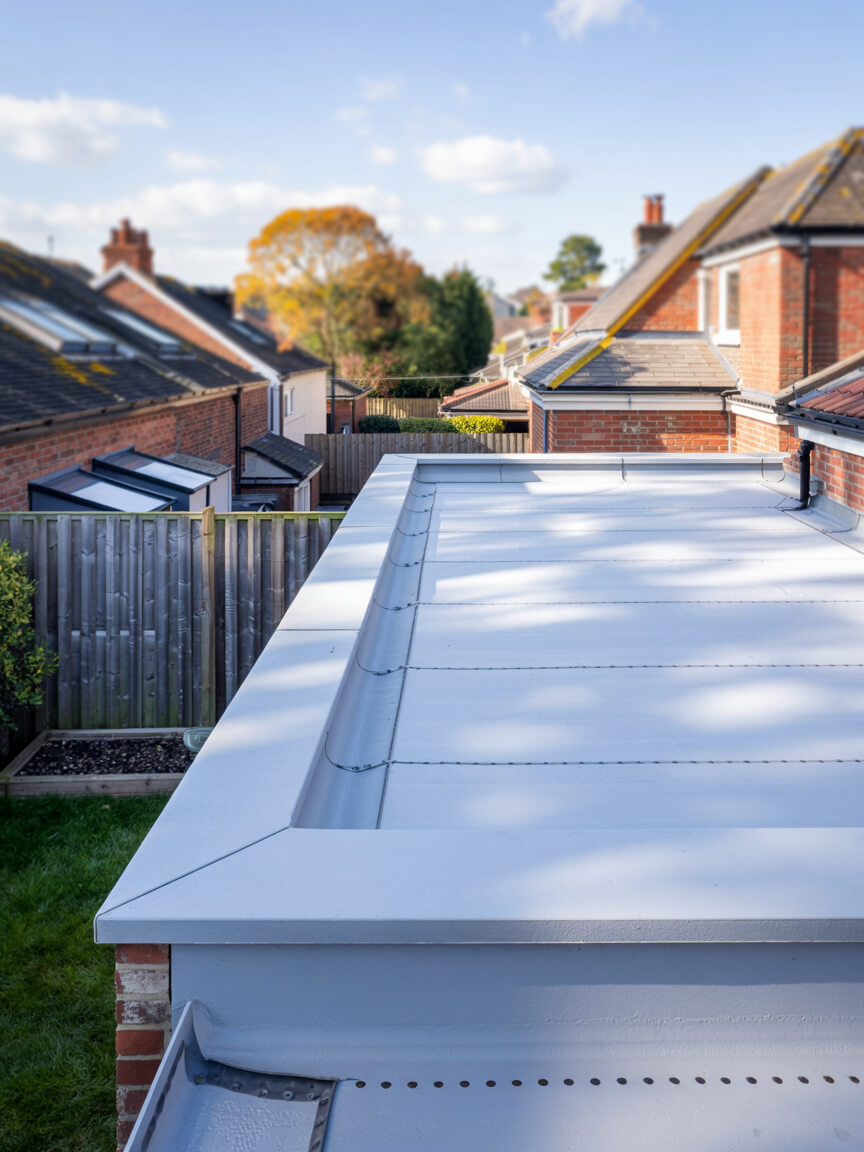
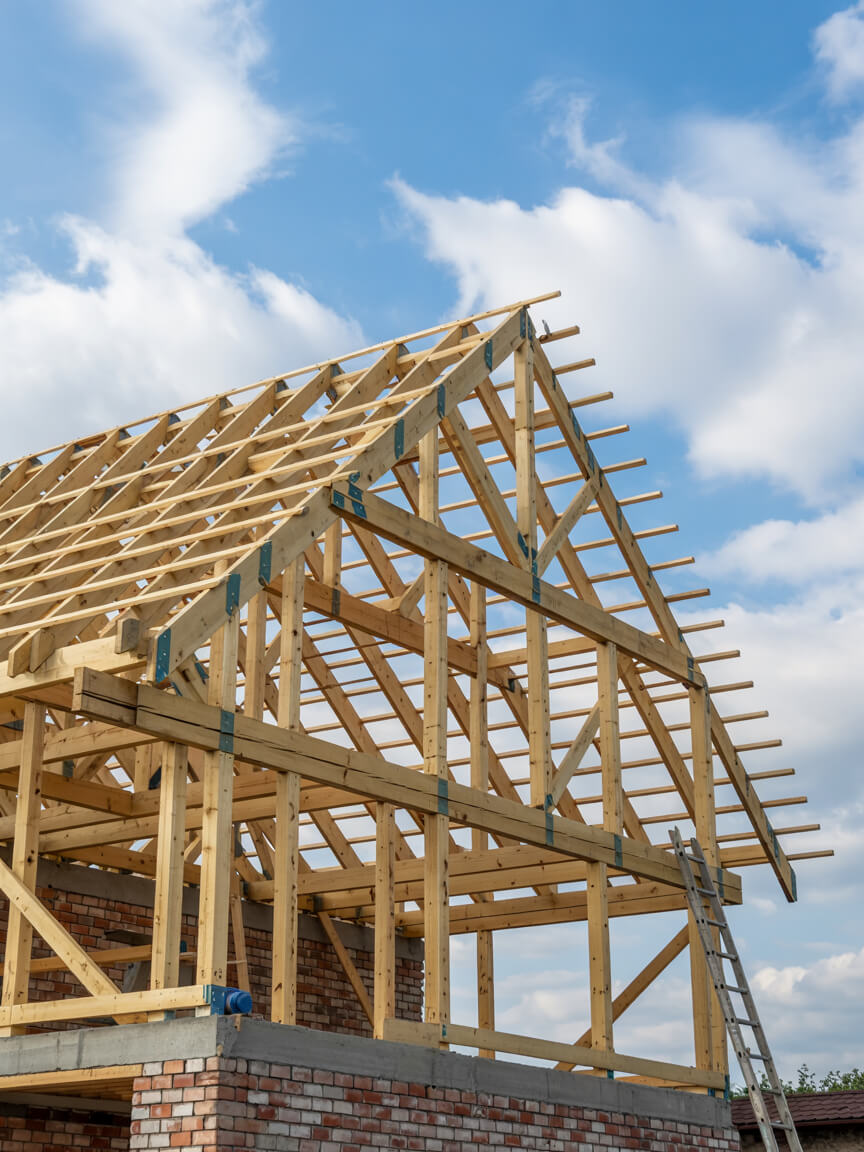
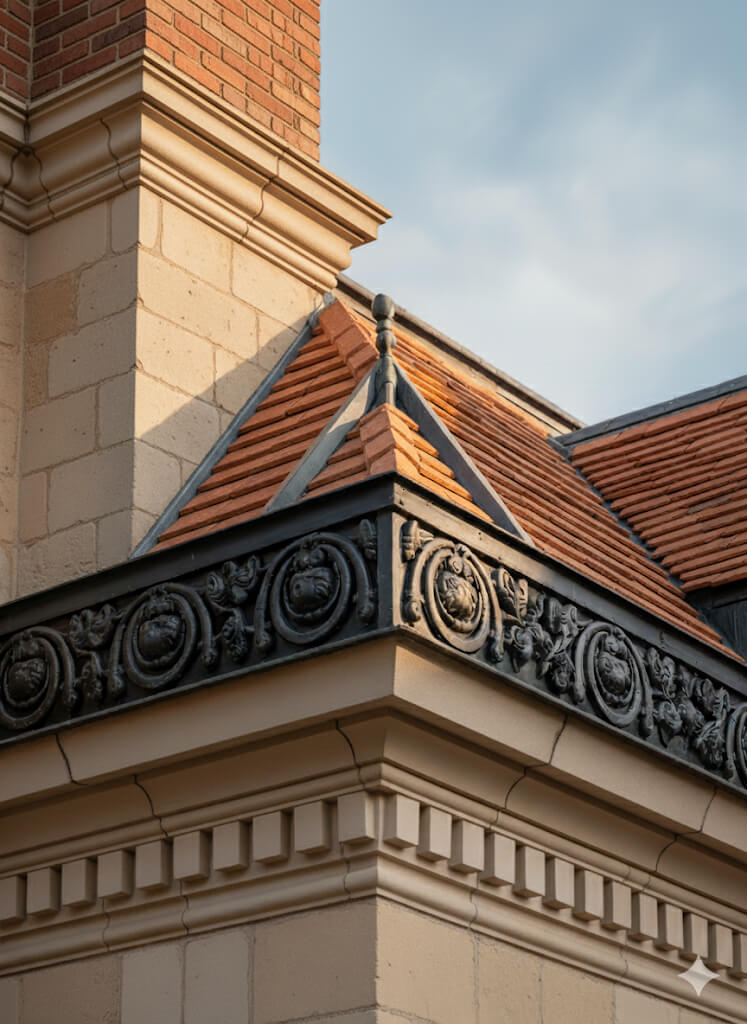
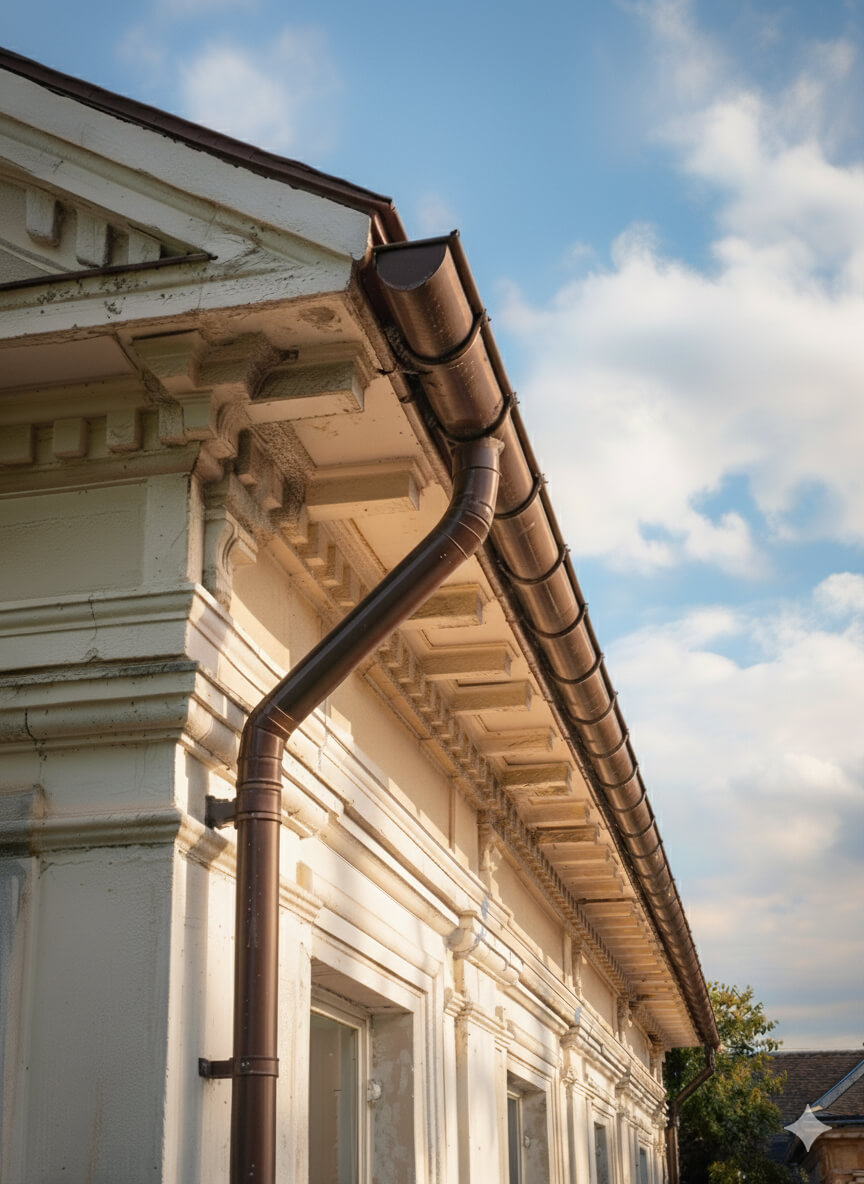

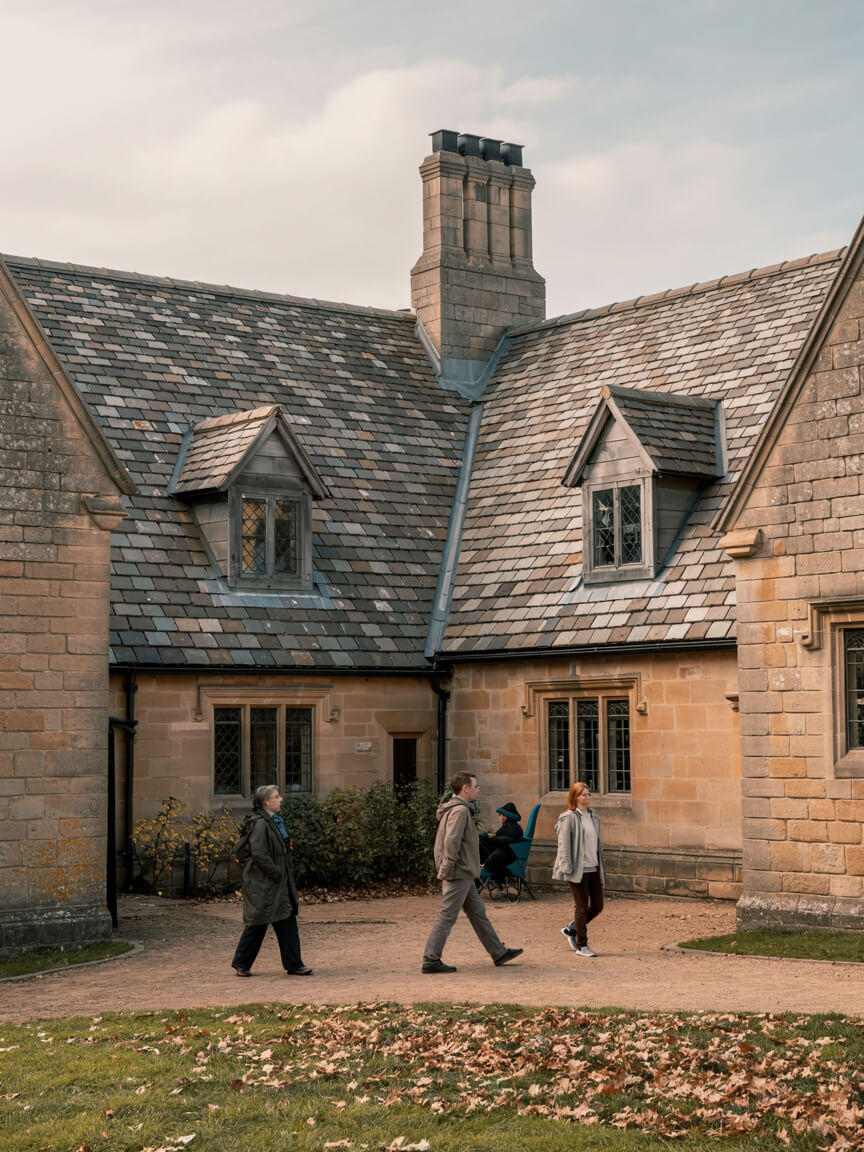
Every Roofing Services in Hillingdon project is adapted to property type, roof structure, and environmental demands. Tailoring ensures compliance with regulations, minimises disruption, and maximises long-term value. From homes and businesses to industrial sites and listed heritage buildings, our flexible approach guarantees roofing solutions that meet unique needs while delivering safety, efficiency, and reliability.
Homes, extensions, and listed buildings.
Offices, retail, schools, and hospitality.
Warehouses, factories, and logistics sites.
Every Roofing Services in Hillingdon project follows proven steps with quality materials. Whether a new installation, upgrade, or repair, each layer adds durability, safety, and efficiency—tailored to protect your property and meet regulatory standards.
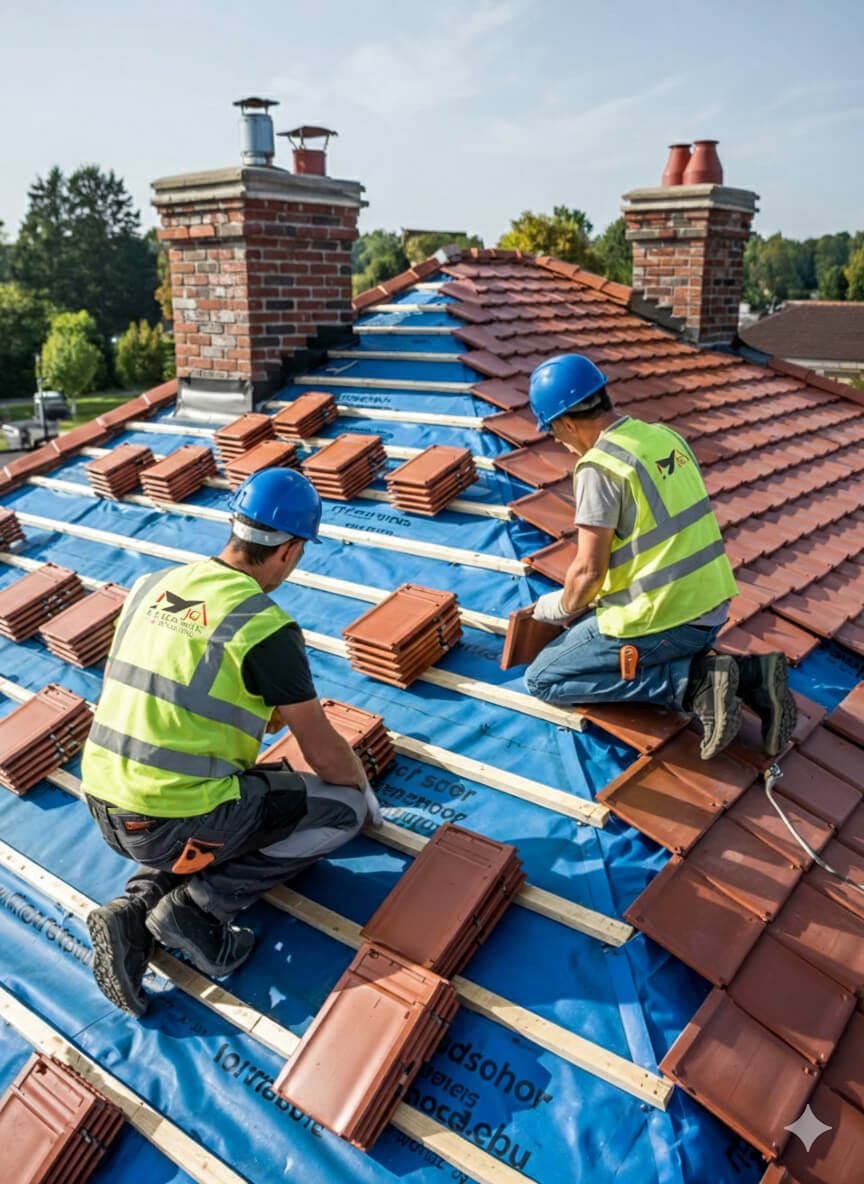
Get a free, no-obligation quote today.
Our experts are standing by to help you choose the perfect flat roofing solution.
⏱ Response within 24 hours guaranteed
Accredited by Which Trusted Trader, CITB, and approved by Kemper and Westwood, our team delivers safe, compliant, and warranty-protected Roofing Services in Hillingdon projects. These credentials mean guaranteed standards and long-term assurance—reinforced by the positive client reviews that consistently highlight quality, professionalism, and trust.


Complete reroofing. Living in Singapore at the time and T was super responsive and communicative.
Replacement of lead box gutter and new flashing to parapet wall. I had an excellent experience using James and the team. He was very prompt in all aspects of communication and completed a first class job. Really pleased.
James completed some repairs on our roof and replaced some of our pebble dash by the roof as well. He was very thorough and fixed everything. He kept us really informed by taking photos and showing us what he did and keeping us updated. It also went onto our neighbours roof and he did the same fo...
We had a leak in our bedroom and James fixed the roof for us to stop it from leaking. All the work came with a warranty. The work that was carried out was good. James and his team were polite, and did all the work quickly and without too much interruption to our day-to-day lives. Would recommend ...
J G Leadworks have repaired and replaced the roofs and gulleys over our warehouse and workshops which have meant both areas are now watertight
James and team were incredibly responsive to my request to look at a serious leak issue on my flat roof. They did a very thorough investigation and explained in detail the issue and gave a fair quote. They were quick to book in and complete the work and have checked in afterwards a few times to m...
James was quick to respond to the initial contact and was able to work around some time constraints I had. He explained what needed doing clearly and was happy to answer follow up questions. He took pictures to show each stage and I feel confident in the work that was done by James and the team. ...
JG Roofing were very easy to work with. Their quote was sensible and they stuck to that figure. They completed many repairs to my roof including, rebuilding a leaded gutter, reinforcing rotten rafters, rebuilding a long felted gutter and felting parapet walls, resurfacing and felting a flat roof,...
Planning and legal checks protect clients from costly errors, delays, and non-compliance, ensuring roofing projects meet regulatory and safety requirements.
Permission is typically required for listed properties, conservation areas, or major roof alterations. All projects must also satisfy Building Regulations, including Part A (structural safety) and Part L (energy efficiency), ensuring compliant and future-proofed installations.
Our team manages the full process, from initial surveys to legal guidance, preparing documentation, and liaising with local authorities where needed. Whether working on modern homes or heritage sites, we ensure every project is delivered legally, safely, and with minimal disruption—providing complete reassurance and peace of mind to property owners.

Every project unites skilled workmanship with rigorously tested materials.
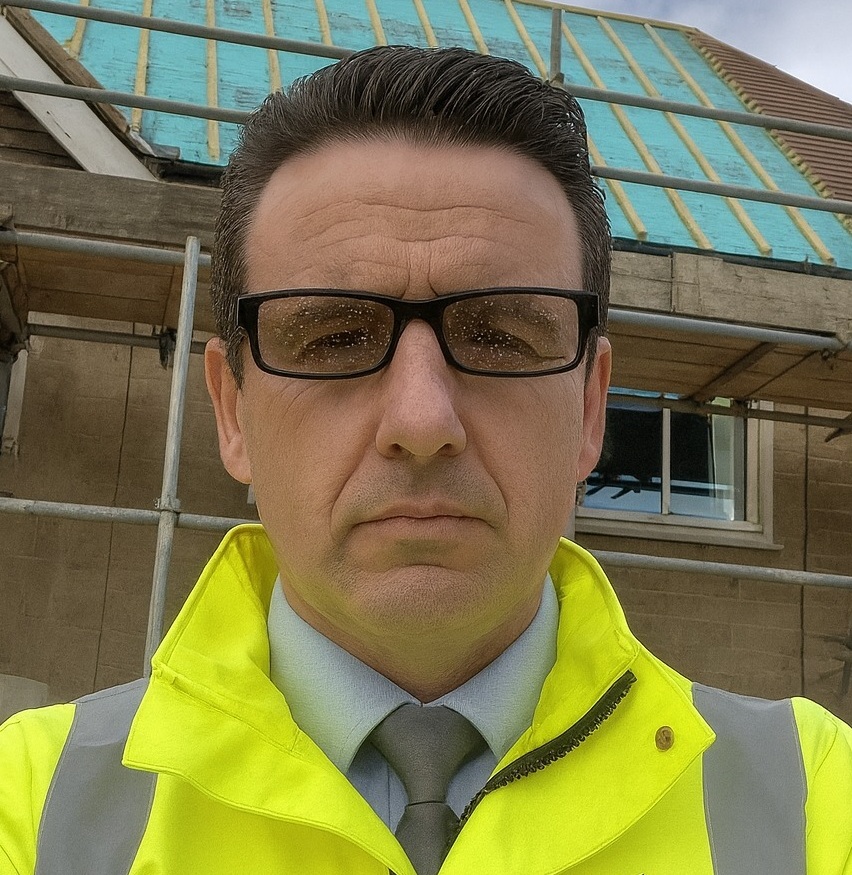
With 25 years of experience in lead sheet roofing, James is a trusted expert in heritage roofing, slate, and tiling. His knowledge of traditional methods, paired with modern compliance, makes him a go-to specialist for projects that demand both craftsmanship and durability.
Roofing Services in Hillingdon provides lasting protection, efficiency, and value, delivering durable, compliant roofing solutions that safeguard every type of property investment.
Selecting Roofing Services in Hillingdon involves balancing durability, budget, compliance, and aesthetics to secure the best-fit roofing solution for your property.
Why Clients Choose JG Leadwork and Roofing
With decades of trade experience, our teams understand the unique demands of London and Home Counties roofing. From heritage-listed properties to contemporary extensions, we adapt solutions to local regulations, weather conditions, and architectural styles with precision.
Accredited by Which Trusted Trader, CITB, and approved by Kemper, Westwood, IKO, ALM, and other leading suppliers.
These credentials guarantee safety, compliance, and access to manufacturer-backed warranties, giving clients peace of mind that their project meets the highest professional standards and benefits from warranty protection.
Our heritage projects use Welsh Slate and handmade clay tiles for authenticity, while leadwork is delivered to Lead Sheet Association (LSA) standards. Commercial installations employ Kemper and Westwood liquid systems for durability and efficiency. Each example demonstrates our reliability, blending traditional craftsmanship with modern performance.
Our workforce includes skilled roofers, heritage specialists, and safety-certified installers.
Every roofer holds NVQs, receives ongoing CPD training, and is qualified in both modern flat systems and traditional techniques, including slate and leadwork.
Team structure ensures projects run smoothly—surveyors identify needs, installers deliver with precision, and supervisors oversee compliance. This approach minimises disruption, accelerates timelines, and guarantees consistent quality across residential, commercial, and industrial roofing projects.
Every project is regulation-compliant, warranty-backed, and focused on long-term results.
Client testimonials and case studies confirm our track record, with projects praised for professionalism, durability, and customer support.
We go beyond installation with aftercare packages, maintenance support, and open communication at every stage. Property owners gain reassurance that JG Leadwork and Roofing stands behind its work. Book a free survey today and discover why homeowners, landlords, and businesses trust us with their roofing.

Get a free quote, rapid response, and expert service across London and the Home Counties. Contacting JG Leadwork and Roofing is your simple first step to dependable roofing solutions.
We source materials from leading suppliers including Supreme and IKO felt systems, Kemper, Westwood and Proteus liquid systems, Welsh Slate, handmade clay tiles, ALM Lead Mills, and Nicholson Air Track. These trusted brands guarantee durability, compliance, and warranty-backed performance across flat, pitched, heritage, and commercial roofing projects.
.
.
For homes, Roofing Services in Hillingdon safeguards comfort and enhances kerb appeal with durable, energy-efficient systems. Whether modern extensions or traditional pitched roofs, tailored solutions improve living standards and protect property value.
For businesses, Roofing Services in Hillingdon delivers cost-effective, large-scale installations with minimal disruption. Projects are planned around operations, with safety compliance, energy performance, and flexible scheduling built in—supporting offices, retail, schools, and industrial facilities with reliable, regulation-ready outcomes.
For heritage properties, Roofing Services in Hillingdon combines authentic materials such as Welsh slate, handmade clay tiles, and ALM lead with skilled conservation techniques. Listed building consent and conservation requirements are fully managed, ensuring traditional character is preserved while integrating modern weatherproofing. This careful balance provides long-term durability without compromising historic integrity or aesthetic value.
JG Leadwork and Roofing delivers Roofing Services in Hillingdon across housing, commercial, heritage, and public sectors. Every industry comes with unique requirements, from safety and compliance to efficiency and conservation. Our adaptability ensures projects are delivered with precision and professionalism—whether safeguarding homes, supporting business continuity, preserving history, or protecting critical public and healthcare facilities.
Durable roofing installed with minimal disruption, ensuring safe, regulation-compliant workspaces for staff and visitors.
High-standard, compliance-focused solutions protect community facilities while meeting strict safety and regulatory obligations.
Heavy-duty roofing tailored for wide spans, ventilation, and long-term maintenance efficiency.
Authentic materials and sensitive methods preserve historic character while adding modern protection.
Weatherproof systems that enhance kerb appeal and guarantee uninterrupted trading for outlets.
Tailored roofing improves guest comfort, safety, and ambience across hotels, restaurants, and venues.
Safe, durable systems designed for schools and universities with minimal learning disruption.
Specialist roofing solutions built for hygiene, safety, and regulatory compliance in medical environments.
Our team of NVQ-qualified roofers, LSTA-trained specialists, and health & safety-compliant professionals bring decades of combined experience. Every project is delivered with meticulous attention to detail, ensuring safe practices and consistent quality across flat, pitched, heritage, and commercial roofing disciplines.
Expertise includes heritage leadwork, slate and tile roofing, modern flat systems, and drone-assisted roof surveys. Ongoing CPD training ensures adaptability to both traditional craftsmanship and the latest innovations—giving clients confidence that every roof is built or repaired with proven skill and care.

A thorough survey highlights existing issues, structural considerations, and upgrade opportunities, ensuring the best-fit solution is identified from the very beginning.
Transparent, itemised quotes detail costs, timelines, and materials—giving you complete clarity and confidence before work starts, with no hidden surprises.
Scaffolding, access solutions, and robust safety measures are put in place to safeguard both property and people throughout the project.
Skilled roofers complete the work using accredited materials and proven techniques, delivering durable, compliant results while keeping disruption to a minimum—whether for repairs, replacements, or new installations.
Each stage is inspected against manufacturer standards and Building Regulations, with photographic documentation provided for transparency and peace of mind.
Each stage is inspected against manufacturer standards and Building Regulations, with photographic documentation provided for transparency and peace of mind.
In a competitive roofing market, many providers look the same on paper. JG Leadwork and Roofing stands out through proven expertise, accredited methods, and specialist techniques. Our combination of traditional craftsmanship and modern technology makes us the safer, smarter choice across residential, commercial, industrial, and heritage projects.
In a competitive roofing market, many providers look the same on paper. JG Leadwork and Roofing stands out through proven expertise, accredited methods, and specialist techniques. Our combination of traditional craftsmanship and modern technology makes us the safer, smarter choice across residential, commercial, industrial, and heritage projects.

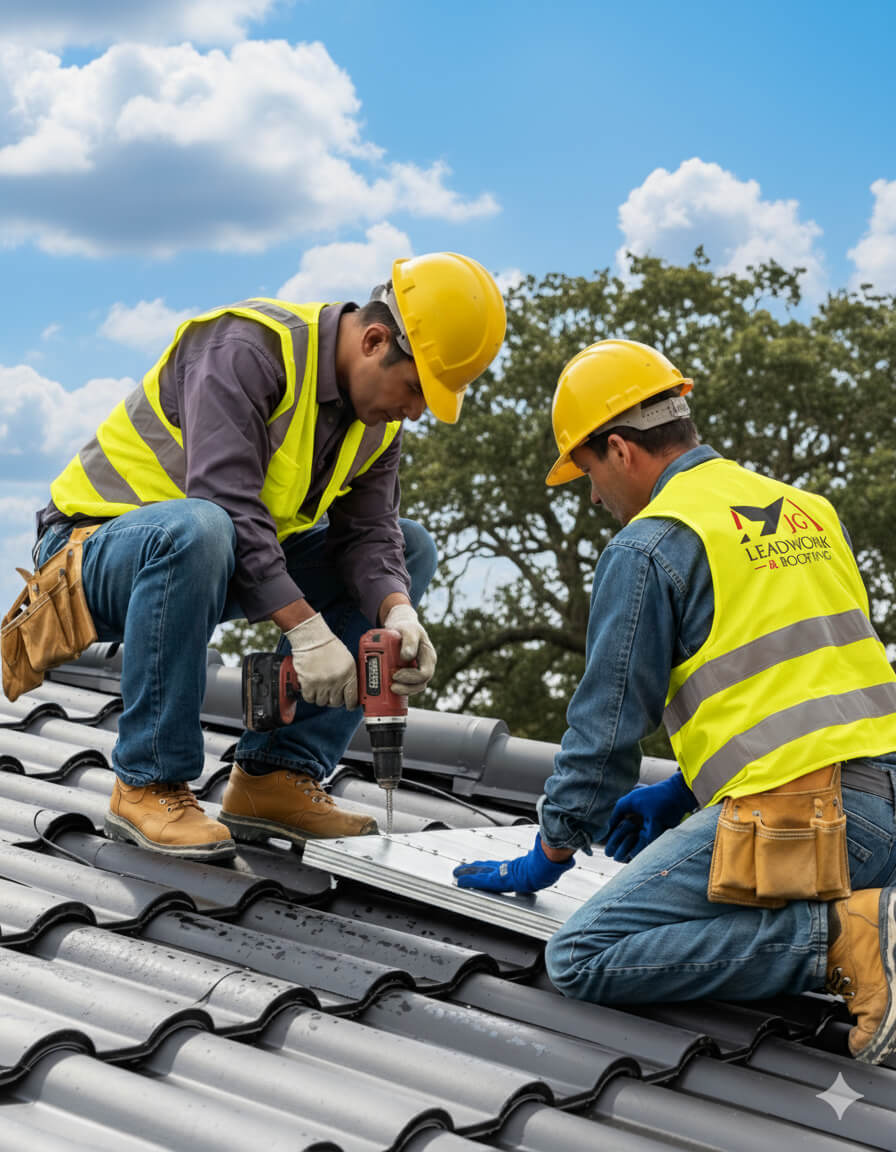
At JG Leadwork and Roofing, every project follows a structured QA process. Each stage—materials, installation, safety, and final sign-off—is measured against manufacturer specifications and UK Building Regulations to ensure durability, compliance, and warranty-backed performance across all roofing services.
Projects are only signed off once all QA checks are complete, giving clients confidence in long-term performance, structural safety, and insurance-backed peace of mind.
Every Roofing Services in Hillingdon project by JG Leadwork and Roofing is delivered in strict alignment with UK Building Regulations and recognised frameworks. This ensures structural safety, energy efficiency, durability, and protects warranties and insurance coverage across residential, commercial, industrial, and heritage properties.
Clients can be confident their project is completed legally, safely, and insurance-ready—delivering long-term performance, compliance assurance, and complete peace of mind.
Property owners often wonder about Roofing Services in Hillingdon—from costs and timescales to permissions. Below, you’ll find straightforward, trustworthy answers to the most frequent and practical queries.
Unexpected leaks following heavy rain are a common concern in Hillingdon, especially given the area’s mix of older properties and varied roof types. Water ingress doesn’t just stain ceilings—it can undermine structural timbers, trigger mould, increase energy bills and even affect insurance cover if left unresolved. Understanding the main sources of rainwater leaks helps property owners, managers, and contractors protect their investments and plan smarter maintenance.
The primary shield against rain is the outermost roof layer—typically tiles, slates, or a weatherproof membrane on flat systems. Over time, tiles may crack, slip, or lose their weather-lap; slates can delaminate, and membranes (like torch-on felt or EPDM) may develop blisters, splits or pinholes. In pitched roofs, broken or missing tiles directly allow rain into the underlay and loft space. On flat roofs, membrane degradation can create small, subtle holes; even a 5 mm tear is enough for wind-driven rain to find its way inside. Resulting symptoms include new damp patches, localised ceiling stains after each storm, or unexplained spikes in heating costs as insulation gets wet. If the outer covering no longer sheds water efficiently, saturation quickly spreads to inner layers and supporting timber.
Flashing is the flexible, often metal (lead or modern alternatives) barrier installed at roof junctions—around chimneys, dormers, abutments, or wall connections—to deflect water. Flashing failure is a major cause of leaks, especially after prolonged rainfall. Common failings include cracked mortar bedding, slipped lead sections, inadequate sealant, or—on older roofs—corrosive decay. These weak spots tend to channel water behind protective layers via a process called capillary tracking, where moisture “sticks” to surfaces and finds minute gaps. Inside, this reveals itself as yellowed patches near chimney breasts, staining around skylights, or musty, persistent damp on external wall tops. Unlike simple tile issues, flashing failure often persists for months before emerging, by which point underlying rafters or ceilings may already be compromised.
Hillingdon homes see a mix of flat and pitched roofs, each with unique vulnerabilities after heavy rainfall. On flat roofs, ponding water—where water collects in shallow pools due to poor drainage or inadequate “fall” (roof slope)—is a leading cause of leaks. British Standards suggest “no standing water should remain 24 hours after rainfall,” but blocked outlets or worn insulation often prevent this. Persistent ponding degrades membranes through UV exposure and repetitive wet-dry cycles, accelerating cracks at seams and upstands. Pitched roofs face freeze–thaw cycles in winter (when trapped water expands and contracts), while blocked valleys or gutters can force water in under the covering. Internally, inadequate ventilation or insulation can create cold “bridging” points, inviting interstitial condensation—moisture forming out of trapped warm air—which may be mistaken for penetrative leaks but requires different remedies; Part L of the Building Regulations covers these risks, promoting appropriate insulation and airflow.
Locating a true rainwater leak demands a careful approach, as visible stains rarely align with the source. For pitched roofs, visual surveys with binoculars and ladders help spot cracked tiles, missing mortar, or open flashing joints. Moisture metres can trace hidden damp behind plaster, while borescopes reveal dark, difficult-to-access areas in loft voids. On flat roofs, drone imaging or physical walkthroughs highlight ponding, membrane life, and failed seams. In complex or commercial scenarios, technicians may undertake core sampling—removing a small plug for laboratory analysis—to confirm water ingress routes. Comparing root causes, symptoms, and remedial options is critical:
| Root Cause | Typical Symptom | Risk If Ignored | Indicative Remedy |
|---|---|---|---|
| Cracked/slipped tile | Localised ceiling stain | Timber rot, energy loss | Replace tiles, renew underlay |
| Flashing failure | Chimney/wall damp patch | Structural decay | Re-fix/replace flashing, re-bed lead |
| Ponding on flat roof | Blisters, slow leak, algae | Membrane failure | Improve falls, repair/deck overlay |
| Cold bridging/condensation | Widespread damp, no obvious gap | Mould, insulation loss | Upgrade insulation, improve airflow |
Accurate diagnosis saves time and money, stopping property damage at its source rather than simply masking the symptoms.
The cost of re-roofing a property with either slate or tile in London depends on a combination of material expense, labour requirements, technical standards, and regulatory obligations. Both roof coverings are widely used across homes and commercial buildings, yet their price differences are shaped by supply, performance standards, and legal or planning considerations. Having clarity on these ingredients allows property owners and building professionals to budget with accuracy and ensure full compliance with UK Building Regulations.
Slate roofing is often seen as more expensive than tile roofing, but the final bill depends on grade, installation, design complexity, and whether heritage requirements are involved. What matters most is balancing projected costs with durability, maintenance, and any conservation obligations attached to your property.
Natural slate—quarried and mechanically graded—is prized for long life and consistent appearance, with locally quarried Welsh slate commanding a premium. Imported slate offers savings but may vary in quality and require grading to meet UK standards; all slates should comply with the European standard BS EN 12326 for performance and weatherproofing.
Roof tiles can be either clay (traditional, slightly higher cost, longer lifespan) or concrete (economical, widely available). The material choice isn’t just about aesthetics—manufactured tiles benefit from scale efficiencies and stable supply chains, lowering base costs compared to mined slate. Slate’s higher starting price reflects extraction, grading, and transportation overheads, while tiles are mass-produced at lower cost per unit.
Labour makes up a considerable part of total project spend. Slate requires specialist handling: each piece is cut and secured individually, meaning more time and skill—especially on intricate roof shapes. The British Standard for slating and tiling (BS 5534) stipulates technical requirements like minimum laps, specific fixing methods, and nail types to ensure wind resistance and durability.
Tiles, especially interlocking or large-format types, can be fitted more swiftly, reducing site time and costs. However, challenging roof features—valleys, dormers, irregular slopes—demand precision, so on these projects, the labour gap between tiles and slate may narrow, as both become more complex to lay accurately.
Every significant re-roofing job must comply with current UK Building Regulations, most notably Part L (Conservation of Fuel and Power) and BS 5534. Part L requires that insulation value is maintained, and if major works are completed (over 25% of the roof), enhanced insulation may be needed—this adds cost and sometimes limits which materials are practical.
If a property is listed or within a conservation area, the local authority may require ‘like for like’ material substitution, meaning natural slate or plain clay tiles must be used instead of cheaper modern alternatives. These stipulations lead to higher costs, longer lead times, and specialist sourcing to achieve planning approval.
London-centric factors, such as tight access, scaffolding, and waste removal, can inflate costs compared to rural locations. Urban settings often involve pavement licences, limited site storage, and working hour restrictions, driving up logistics expenses. Material costs—especially for natural slate—are sensitive to international demand and production cycles.
London’s weather (persistent rain, seasonal freeze-thaw) puts added pressure on roofing longevity, making underlay specifications and ventilation essential—adding to the quote, whether slate or tile is used. Both must meet BS 5534 on a site-by-site basis.
| Cost Factor | Slate Roof | Tile Roof | Why It Matters |
|---|---|---|---|
| **Material Price (per m²)** | £35–£50 | £15–£30 | Slate is pricier, but lasts longer |
| **Labour (per m²)** | Higher (specialist work) | Lower (speed, less skill) | Slate needs skilled fitters; tiles lay quicker |
| **Regulatory Overhead** | Common in heritage jobs | Rare, unless traditional tile | Conservation rules restrict cheaper choices |
| **Lifespan (years)** | 80–120 | 40–70 | Slate lasts decades longer |
(Indicative figures; actual costs vary per project and as of 2024.)
For each London property, weighting these factors—materials, labour, regulations, and logistics—against planned occupancy and visual preferences leads to a decision that stands up commercially and legally. It’s always wise to confirm proposals against the latest building standards and local planning needs to avoid compliance issues or unexpected expenses later.
Slate and tile roofs form the backbone of many UK properties, valued for their lasting durability and distinctive look. Despite this, even these robust coverings need planned maintenance to stay weatherproof and avoid costly repairs. For homeowners, landlords, facility managers, and heritage custodians, knowing what care is required can prevent heat loss, damp problems, and structural issues down the line.
Routine care of slate and tile roofs aims to keep the covering intact, the water flowing away, and the weather out. Key steps include:
Several factors change how and when you need to maintain a slate or tile roof:
UK seasons have a direct impact on the maintenance rhythm:
Slate and tile roofs can last many decades—if consistently maintained. Typical figures are shown below:
| Material | Typical Lifespan | Inspection Frequency | Maintenance Needs |
|---|---|---|---|
| Slate | 80–100+ years | Every 5 years | Replace broken slates; clear moss |
| Clay Tile | 50–80 years | Every 2–3 years | Replace cracked tiles; repoint ridges |
| Concrete | 40–60 years | Every 2–3 years | Watch for surface spalling |
A slate or tile roof maintained with regular checks, moss control, and cleared gutters can often surpass the expected life above. Small efforts in scheduled maintenance pay dividends by keeping your roof leak-free and ensuring the property beneath remains dry, warm, and safe.
When planning major roof work—whether it’s a straightforward repair or a full replacement—decisions about cost, lifespan, and installer trust are critical. Homeowners, landlords, and business managers worry about “hidden extras,” the long-term reliability of the work, and, crucially, how well their investment is protected through warranties and regulatory compliance. Understanding the financial drivers, warranty options, and the importance of an accredited installer helps you make a confident, risk-managed decision and avoid expensive pitfalls later.
Roofing budgets in Hillingdon vary widely, and understanding the main influences is key to preventing unwelcome surprises. The price often depends on the scope of work, property type, materials, and complexity:
| Service Type | Typical Range (UK) | Key Influences |
|---|---|---|
| Roof Repair | £250 – £1,200 | Type/extent of damage, access, materials |
| Roof Replacement | £5,000 – £15,000+ | Roof size, pitch, insulation, finish layers |
Quality quoting always involves a site inspection, photographic documentation, and a clear itemised scope—beware of any “over the phone” blanket prices.
A robust insurance-backed warranty provides assurance that your roof is protected beyond the initial work—even if the contractor ceases trading. Standard durations range from 10 to 20 years, though certain premium materials (e.g., clay tiles, high-grade membranes) may offer up to 40-year manufacturer warranties. Key aspects typically covered include:
Credible warranties must be underwritten by a FCA-regulated insurance provider, not just a “personal assurance.” This is especially important for meeting modern Part L compliance, which is now routinely checked upon resale, mortgage applications, or insurance renewals. A proper warranty provides recourse if faults emerge—even years after completion—and maintains your property’s insurability and resale value.
The foundation of any cost-effective, durable roof is an accredited installer. Look for contractors holding:
Accreditations prove your contractor is competent, up to date with latest regulations (like BS5534 for pitched roofs), and able to register works for insurance-backed warranties. They also signal a commitment to safe working practices, proper scaffold setup, and transparent business conduct. Inexperienced or unqualified installers often void manufacturer warranties—and non-compliant work can require costly remediation to meet building control.
Cutting corners on roofing is a classic “false economy.” Here’s where supposedly “cheap” roof jobs go wrong:
The net result? Premature roofing failure, inflated heating bills, denied claims, and—often within a few years—the need for a costly full re-roof. Upfront savings are almost always outstripped by major remedial costs, insurance battles, and higher risk exposure down the line. Insist on a compliant, fully warranted solution from a qualified installer to genuinely de-risk your investment.